If you're looking for something different from Bali, I recommend a trip to Jawa. With attractions like Borobudur and Prambanan, it's easy to see why this region is considered one of the world's greatest historical centers.
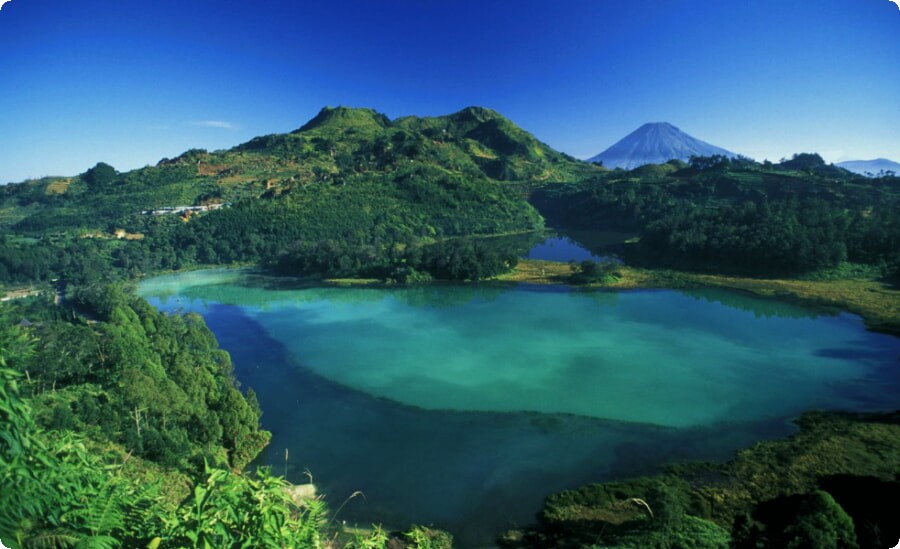
Flights to Jawa
Flights to Indonesia are becoming increasingly popular, and there is no better destination than the island of Jawa. This island has everything that you would want on your next vacation: beaches, mountains, rainforests, and volcanoes! There are many airlines that fly here from all over the world. If you are looking for cheap flights go with AirAsia or Scoot. Flights to Jawa Island depart daily from Jakarta International Airport (JIA).
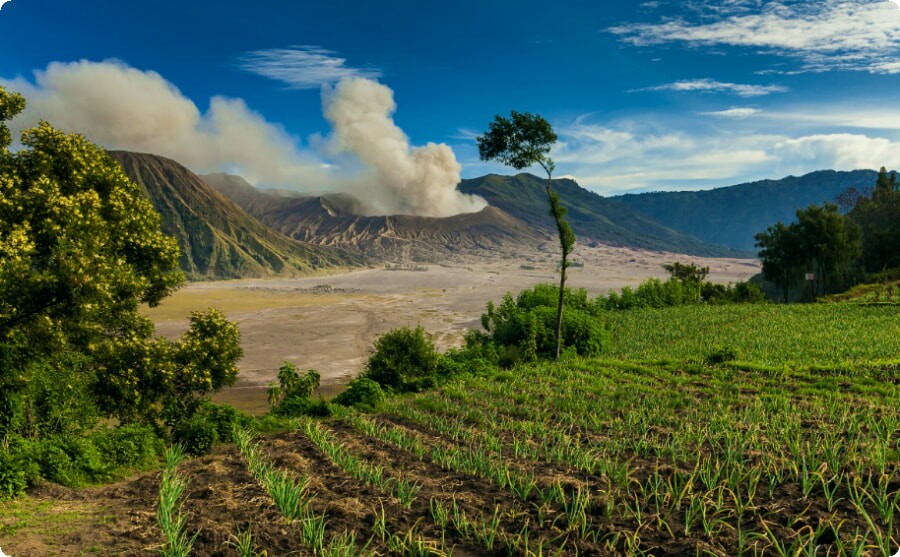
Borobudur
Borobudur is one of the most important Buddhist temples in Indonesia. It was built between 750 and 830 CE during the reign of King Samaratungga (also known as Rakai Panangkaran) of the Sailendra Dynasty, who ruled Central Java and other parts of Indonesia. Borobudur was designed as a Mahayana Buddhist monument and it shows influences from Indian Hinduism, Javanese culture and traditional Austronesian beliefs.
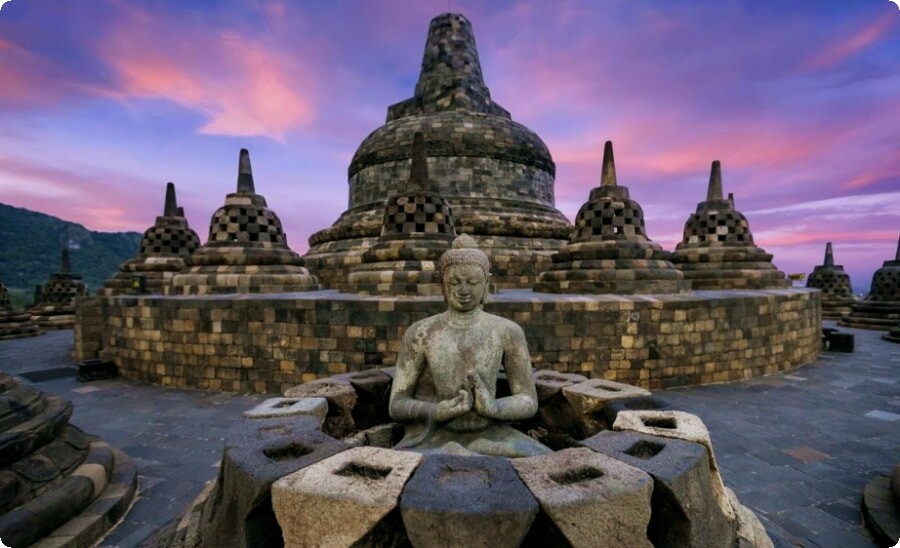
The temple consists of six square platforms topped by three circular terraces arranged like steps on top each other with galleries around them all connected by stairways or ramps at each level; it measures 78 metres high from base to pinnacle (55 metres without its stupa) making it one of world's largest Buddhist temples. The total area covered by its stone structures has been estimated at about 18 hectares (45 acres). Within this area there are some 2 million cubic meters used for building purposes.

Borobudur is made entirely out volcanic rock which can be found locally; however, none remains today because it was used up when constructing other buildings such as palaces in nearby cities. The material used here has led some archaeologists to speculate that its builders must have come from elsewhere--perhaps southern China--because no local source could provide such huge quantities of stone blocks so finely cut.
Prambanan
You'll find Prambanan at the foot of Mount Merapi, which you can see in the distance from many parts of Yogyakarta. The temple is Hindu, but there are Buddhist and Javanese elements in its design. It was built in the 9th century by King Balitung, who ruled the Kingdom of Mataram (the predecessor to today's Jawa). There are 8 main temples and many smaller ones within this huge complex--and each one has its own distinct style!

The park surrounding Prambanan can get very busy with tourists because it is so scenic: there are vendors selling souvenirs and snacks everywhere; therefore, we recommend hiring a becak driver rather than walking around looking for parking spaces yourself.
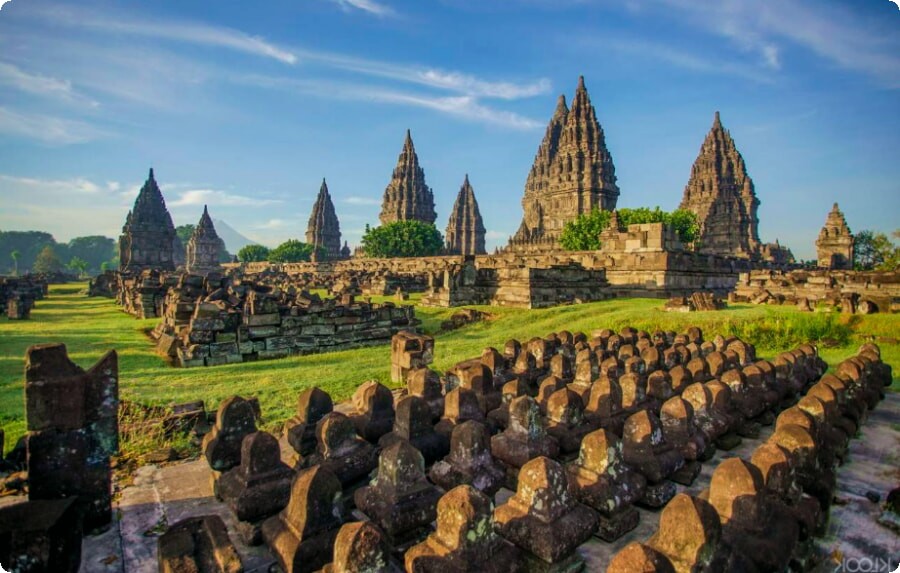
Gunung Merapi
Mount Merapi is an active volcano in Central Java, Indonesia. It is located in the subduction zone of the Eurasian Plate beneath the Sunda Plate, between the cities of Yogyakarta and Solo. The volcano contains a one-kilometer-wide turquoise-colored acid crater lake. At night, the scene is illuminated by ghostly blue flames--sulfur reacting with oxygen from air currents above to produce lightning-like flashes around its rim.
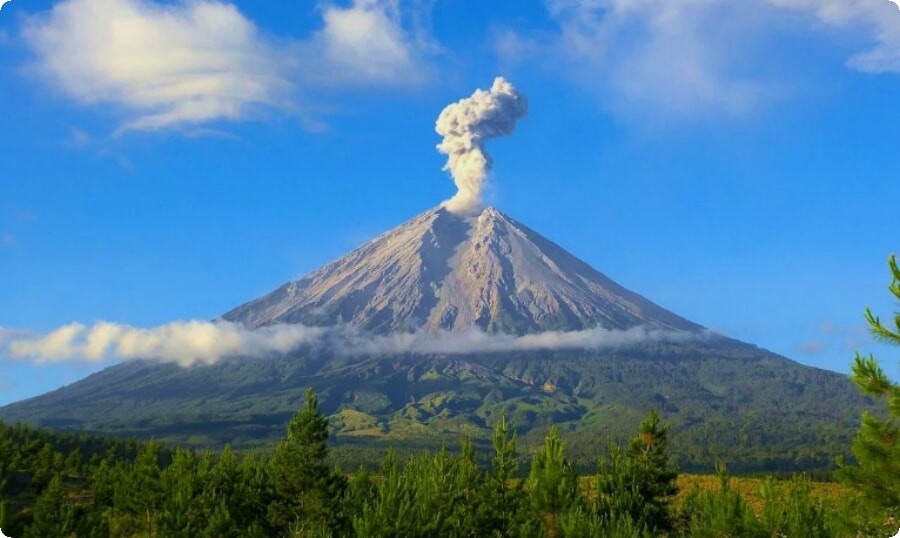
The most recent major eruption of Mount Merapi was in 2010; prior to this there had been no recorded activity since 1930 when an eruption killed 1,300 people nearby.
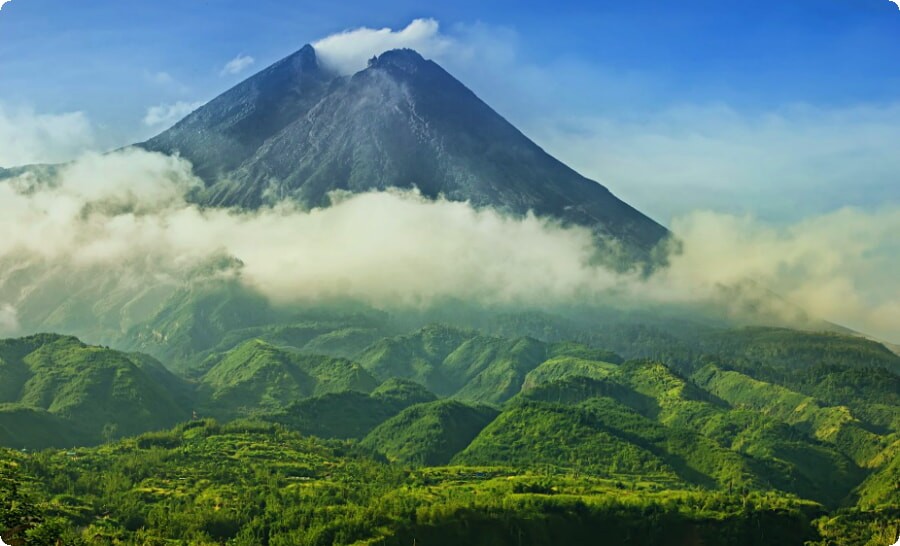
Taman Sari
Taman Sari is a garden palace in Yogyakarta, Indonesia. It was built by Sultan Hamengkubuwono I in 1756 as his residence and pleasure garden. The palace complex consists of two main courtyards: Taman Asem (Javanese for "fragrant garden") and Taman Sari ("Beautiful Garden").

Candi Prambanan
Prambanan is a 9th-century Hindu temple compound in Central Java, Indonesia. It is the largest Hindu temple site in Indonesia and one of the largest in Southeast Asia. Prambanan attracts many visitors from all over the world, especially during holidays such as Nyepi (Balinese New Year). Candi Prambanan was built by King Samaratungga between 856 and 865 CE; its precise date of construction has been a source of debate among archaeologists since its discovery by JG de Casparis in 1811. The temple was dedicated to Shiva with the name "Kalasan".
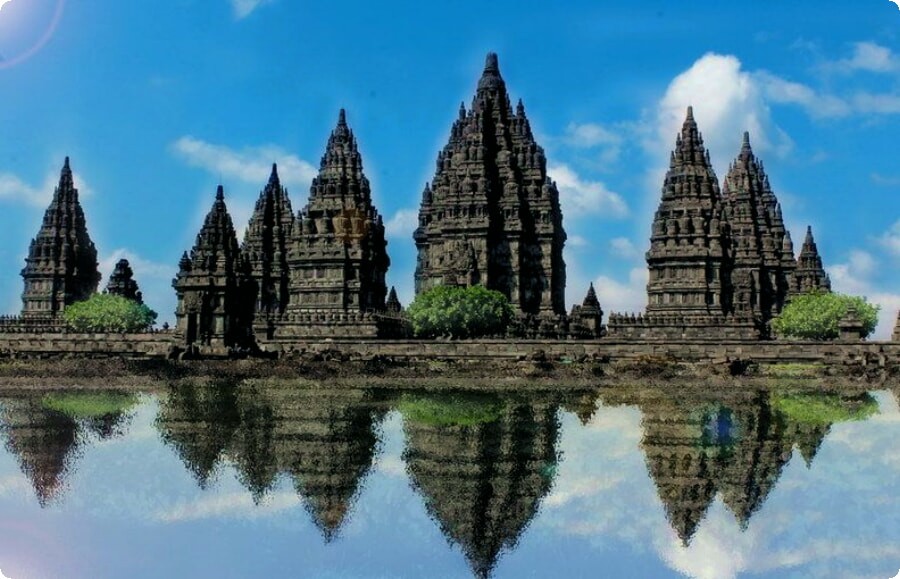
The temple compound consists of three main temples aligned north to south: Siva, Brahma and Vishnu temples respectively; each with their own gateways and courtyards. The site had long been abandoned when it was made into an archaeological park in 1960s following efforts by local people who wanted to preserve it from further degradation.
Kawah Ijen
Kawah Ijen is a volcanic crater lake located in East Java, Indonesia. It's known for its blue-green color and the sulfur miners who work there. To get there: From Banyuwangi take a local bus or taxi to Pasir Putih (15km), then transfer to another vehicle that will take you another 15km up the mountain road. The last part of this journey is on foot, so wear good shoes and bring water if possible!
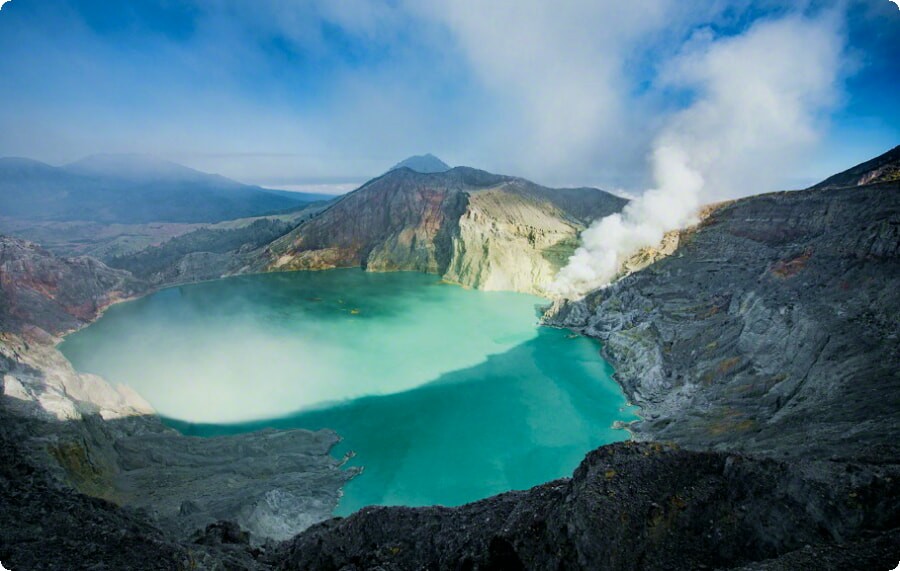
One of Indonesia's most astonishing natural wonders, Kawah Ijen's crater lake sits at 2,600 meters above sea level and has an unusual electric blue-green hue due to its high sulfur content--the result of thousands of years' worth of deposits from nearby volcanic activity burning away into pure sulfur crystals over time (hence why miners come here). You can hike around inside this massive crater as well as check out nearby hot springs; both offer amazing views across lush green hillsides dotted with colorful flowers like orchids in bloom during certain seasons throughout year round climate conditions throughout much of South East Asia region.

Visiting Indonesia is a great way to experience the country's beautiful culture and natural beauty. If you want to see some of the most iconic sites in Jawa, then we recommend visiting Borobudur and Prambanan temples. You can also visit Kawah Ijen volcano where sulfur mining happens daily but also has amazing views at night time!